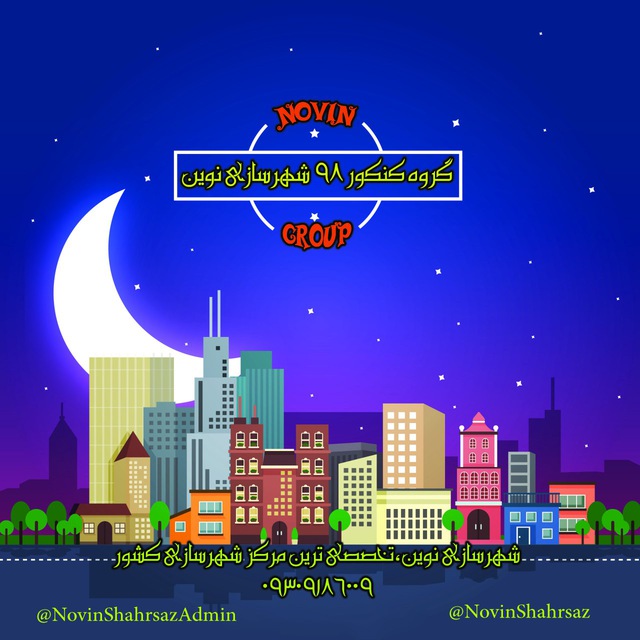Hello, good time
In connection with the challenging answer to question 63 of the urban, regional planning and urban management exam code, I need to answer a few questions:
1) What are the unfamiliar words of alternative duties and duties combined with taxes?
In order to answer this question, we have to make a small reference to the evolution of the approvals related to the income of the municipalities:
A) In 1342, during the Council of Ministers’ resolution, the collection of gate tolls (everything that passed through the city gates and entered the city had to be given a percentage to the municipality as tolls) was canceled by the municipalities. In the same year, another resolution introduces three alternative sources of revenue for municipalities, such as sugar and sugar duties, and later these duties will be known as alternative duties, and therefore the first unfamiliar word of option 4, i.e. alternative duties, has its roots in this stream.
However, the above-mentioned law introduces another source of income for municipalities in addition to alternative taxes, which is called taxes combined with taxes (for example, a percentage of the tax collected from real estate should be given to municipalities as taxes). Therefore, the description of the second and last unfamiliar word in option 4 is also like this.
b) In 1346, the financial regulation of municipalities introduces 6 sources of income for municipalities, which are: 1- Income from public taxes; 2- Income from specific duties; 3- Service price; 4- Income from the funds and property of municipalities; 5- Government aid; 6- Contributions of individuals.
c) In 1347, the Law of Renovation and Urban Development introduced a kind of continuous and stable annual income for municipalities, which later became known as renovation fees.
d) In 1348, the Ministry of Interior through a circular introduced 9 main codes and 93 sub-codes for the revenue of municipalities.
2) Is option 4 a correct answer for question 63?
Option 4 (income from alternative duties and duties combined with taxes from ministries and executive bodies) could be a suitable answer to the question if this question had a time limit and more precisely the time limit of the 1340s. . Because the duties mentioned in option 4, i.e. alternative duties and duties combined with taxes, were no longer used from the 1350s onwards, and therefore have no meaning today.
Now this question is general and has no time limit. (Which type of municipal income is continuous and permanent?) Option 4 cannot be a suitable answer to the question, and other options are also like option 1, which is one of the most famous non-sustainable incomes of municipalities, which is legal in 1364 in Iran. It gained an executive aspect and its full description is reflected in the book Shahrsari contemporaneous Iran written by Dr. Kamerova. Also, option 3 is included as a source of income in the 1346 regulation, but not continuous and permanent income because it is obvious that the sale of municipal property cannot be considered as a continuous and permanent source of income for municipalities because it is limited and finite.
Therefore, the best answer to this question, which happened to be among the sustainable sources of income for municipalities, is option 2, that is, the same sources of domestic income from real estate taxes, which are known as renovation taxes in Iran.
good luck
Mohammad Salehi
This post is written by N_MLK
